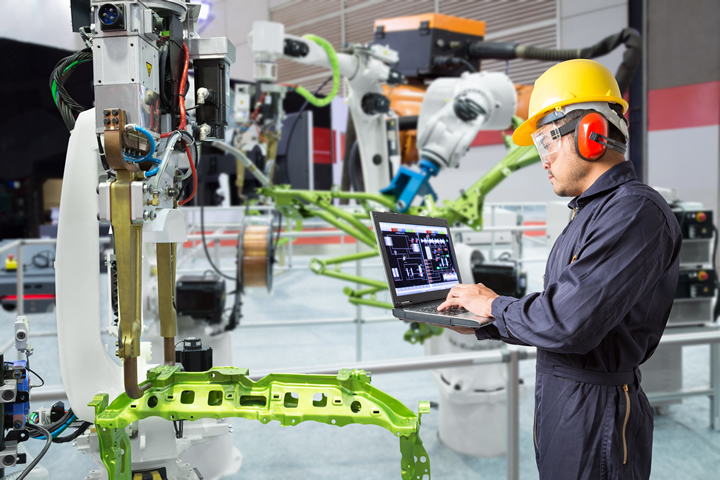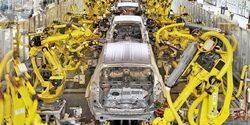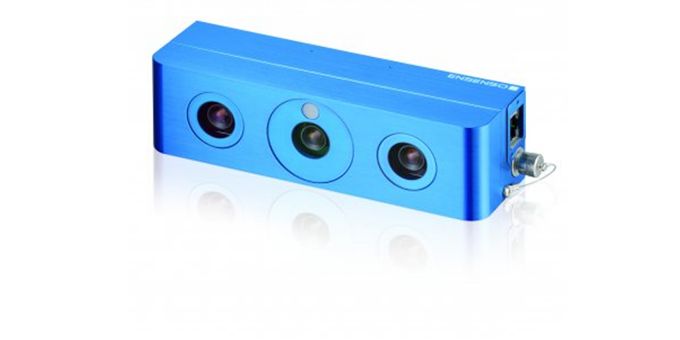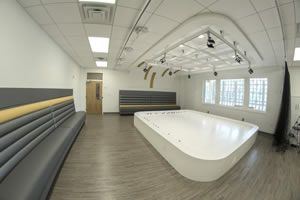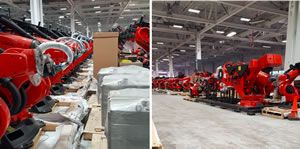How AI, Robotics, and Automation Power Next Generation Pack Assembly
Successful pack assembly systems balance throughput, quality, and safety in real time. Integration matters more than buying the most sophisticated robots; it comes down to seamless software logic, modular failover paths, and smart system design.
Why Vision-Guided Systems Elevate Assembly Line Precision
Advances in machine learning technology have made once-unreliable vision-guided robots an attainable, commercially viable reality. These systems improve assembly line precision in many ways.
Automakers and Their Suppliers Turning More and More to Robotic Testing
Robotic testing using a forming gas or helium is proving to be the easiest, most efficient way to ensure fuel-injection system safety and reliability without the need for additional manpower.
Robotics Predictions: The impact of IoT, collaborative robots and startups
Start-ups must consider regulatory regulations from the start of design, which rarely happens. A wonderful product doesn't sell very well if many companies will not purchase because they to not meet applicable safety regulations.
Furniture Assembly - with Ensenso N35
As part of a research project, scientists at Nanyang Technological University, Singapore (NTU Singapore) have developed a robot that can independently assemble the individual components of an IKEA chair without interruption in less than ten minutes.
New Robotics Lab Allows Anyone to Control the Machines
Jason Maderer for Georgia Tech: Researchers can write their own computer programs, upload them, then get the results as the Georgia Tech machines carry out the commands. They also receive video evidence and data of the experiment.
Tesla receives massive shipment of robots for Model 3 production line
Fred Lambert for Elektrek: Less than 3 months away from the planned start of Model 3 production, Tesla has received a massive order of robots for its production line. Hundreds of Kuka robots arrived at Teslas Fremont factory and are now being installed.
The Importance of Field Based Cable Length Measurement for Cable Installers
Quick, accurate determination of cable length and line continuity testing using hand-held cable length instruments brings value to the cable installer, the contractor, and the customer during installation, trouble-shooting and routine maintenance cabling jobs.
Records 1 to 8 of 8
Featured Product
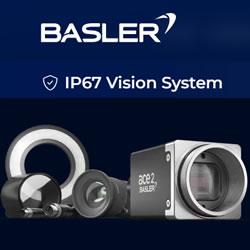
Basler 3D Vision Solutions for Robotics and Warehouse Automation
Empower your robot's vision: with our 3D cameras and tailored robotics application software, your robot can tackle any task. From bin picking to sorting and navigation, AI enables your robot to recognize even "unseen" objects in mixed scenarios. Explore our time-of-flight and stereo cameras for vision-guided robotics with a wide range of compatible accessories."
Robotics and Automation - Featured Company
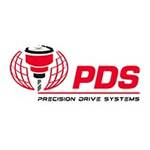
PDS / Precision Drive Systems
Over 40,000 Spindles Repaired or Rebuilt Since 1996. PDS is a global leader in spindle repairs and retrofits for precision metal and robotics applications. With over 40,000 spindles repaired to better than-new-condition. PDS also offers new spindles, CNC accessories, and Industry 4.0 spindle monitoring. With offices in Bessemer City, NC (near Charlotte) and Herford, Germany PDS backs superb craftsmanship with a standard 12 month warranty on repaired spindles and an optional, industry-leading 24 month PrecisionCare warranty.

.jpg)
